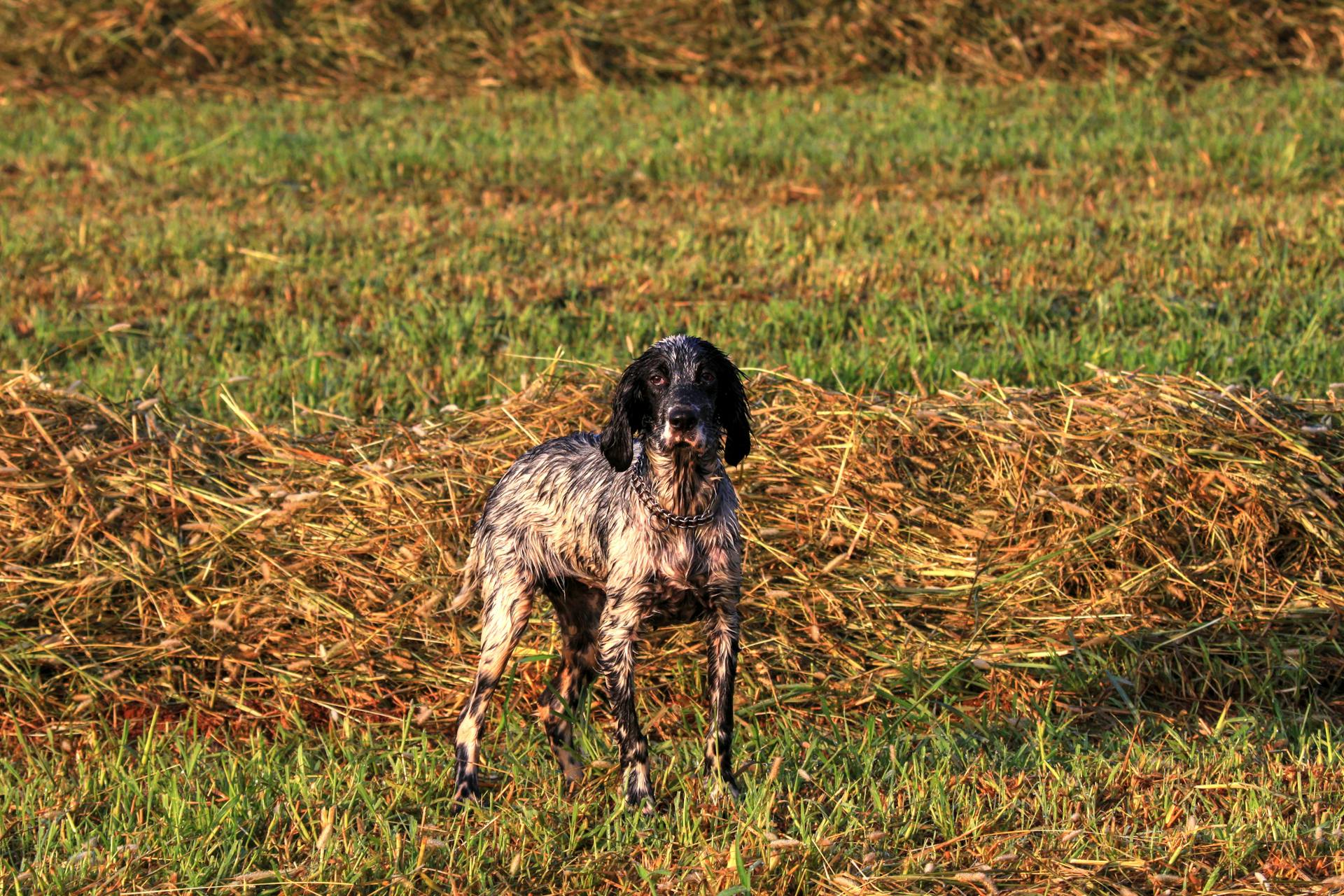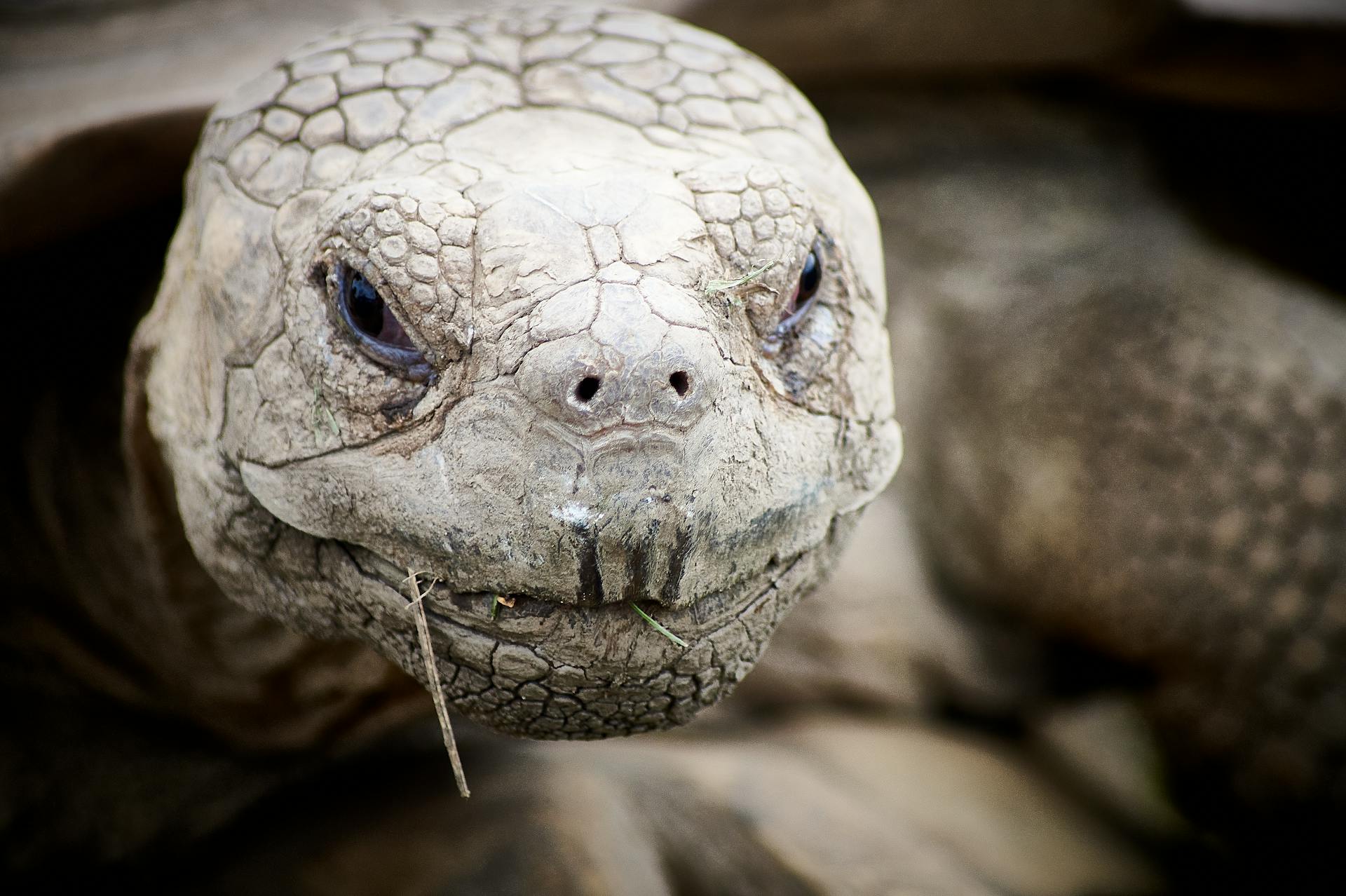
The sulcata tortoise (Geochelone sulcata), also known as the African spurred tortoise, is one of the largest tortoise species in the world. With their distinctive yellow shell and thick yellowish-brown skin, these gentle giants have captured the hearts of many reptile enthusiasts.
In this species profile, we will explore everything you need to know about sulcata tortoises: from their natural habitat in semiarid regions of Africa to their specific care requirements in captivity. We will also answer frequently asked questions about sulcata tortoise behavior, health problems, and living conditions.
Despite their size and specific needs, sulcata tortoises make ideal pets for those who are willing to devote time and resources to their care. With long lifespans and fun curious personalities, these friendly companions are sure to bring joy to any household. So let's dive into the world of sulcata tortoises!
Suggestion: Tortoises Live
Sulcata Tortoise Behavior and Temperament
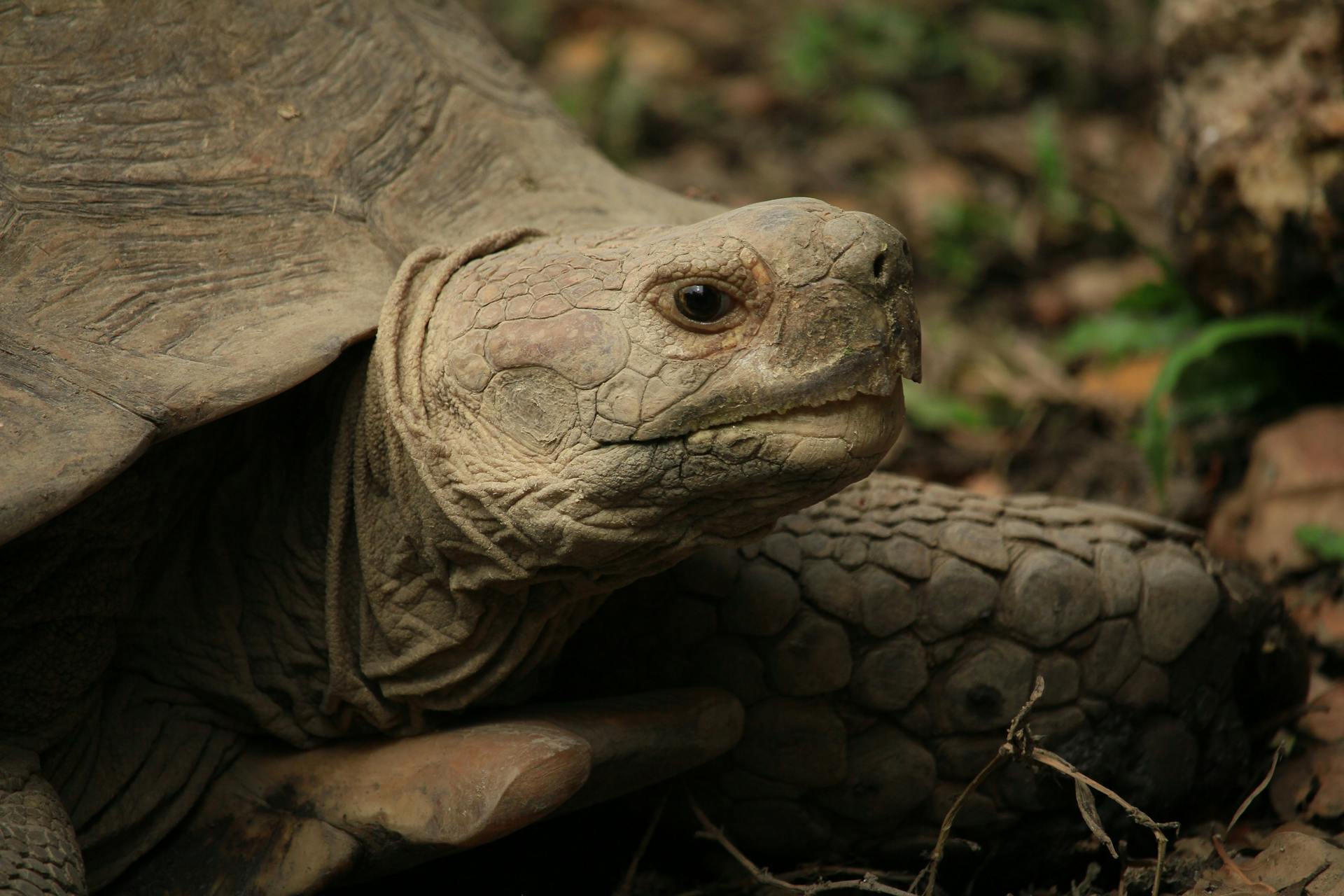
Sulcata tortoises are curious creatures that make great pets due to their generally pleasant temperament. While they are rarely aggressive, it is important to handle them regularly to prevent health issues such as shell rot and respiratory infections. However, excessive handling can also be detrimental as sulcata tortoises are fragile and can suffer from premature death if mishandled. Understanding their behavior and temperament is crucial for providing a happy and healthy life for these unique pets.
How to Select the Perfect Sulcata Tortoise for You

When it comes to selecting the perfect sulcata tortoise for you, there are a few key factors to consider. First and foremost, it's important to find a reputable breeder who can provide you with a healthy sulcata tortoise. Make sure to ask about the health history of any potential tortoises and look for clear eyes, a smooth shell, and signs that they're taking food well - this will help ensure that you'll be bringing home a healthy pet that will thrive in your care.
It's also important to keep in mind that sulcata tortoises are fairly easy to care for but require a long-term commitment. These large animals can theoretically outlive their owners, so make sure you're prepared for the responsibility of caring for a young sulcata tortoise over the course of many decades. With careful planning and research, however, finding the perfect sulcata tortoise for your needs can be a rewarding experience that results in many years of enjoyment with your new pet.
Exploring the Origins and Categorization of Living Species
The sulcata tortoise, also known as the African spurred tortoise, belongs to the animalia kingdom, which encompasses all living things. Within animalia, it falls under the bilateral subkingdom, deuterostomia infrakingdom, chordata phylum, vertebrata subphylum, gnathostomata infraphylum, tetrapoda superclass and reptilia class. Specifically, it is classified under the testudines order and cryptodira suborder.
The sulcata tortoise belongs to the testudinoidea superfamily and is part of the testudinidae family. Its scientific name is centrochelys sulcata, with centrochelys being its genus. The species name sulcata comes from the Latin word sulcus meaning furrow, which refers to its distinctive body markings. While there are recognized subspecies of sulcata tortoises based on separate populations in western and eastern Africa with similar haplotypes, they are generally considered one species.
In the wild, sulcata tortoises can be found in various regions within western Africa from Senegal to Mali. They have adapted to survive in dry climates by burrowing into soil for protection against extreme temperatures and predators. As pets, however, they require a significant amount of care and attention due to their long lifespans and specific dietary needs. Overall, understanding the taxonomic classification of living species like the sulcata tortoise can provide insight into their origins and unique characteristics.
Unpacking Typical Health and Conduct Concerns

Reptiles, Sulcata Tortoise in particular, require special attention when it comes to their health. Respiratory infections are a common problem among them. It's advisable to keep their habitat free from moisture and maintain proper temperature and humidity levels to prevent such infections.
Turtle shell rot, fungal infection, and flaky dry shell are other common concerns that can affect the Sulcata Tortoise. These conditions occur due to poor hygiene, inadequate diet, or lack of exposure to sunlight. The best way to prevent these issues is by providing a clean environment, a balanced diet rich in calcium and vitamin D3, and proper basking areas.
Metabolic Bone Disease is another condition that can lead to eventual death if not treated properly. This condition arises due to inadequate calcium intake or improper UVB lighting. If caught early on, this disease can be treated with dietary changes and supplements but if left untreated for too long leads to irreversible damage. Be cautious of home remedies as they may do more harm than good if not medically approved.
Discover Other Tortoise Varieties that Look Like the Sulcata

If you're interested in owning a sulcata tortoise, but want to explore similar pets check out these other tortoise varieties. The red-footed tortoise is a popular option due to its similar size and colorful shell markings. The Greek tortoise is also comparable in size and appearance, but has a more rounded shell.
Another option is the cherry head red-footed tortoise which has a distinct red coloration on their head and legs. It's important to note that desert tortoise handling requires specific care as they are protected under the Endangered Species Act by the U.S Fish & Wildlife Service (2012). Additionally, all reptiles can develop endocrine diseases such as metabolic bone disease or reproductive disorders (Reptiles Merck Veterinary Manual).
By clicking accept, you consent to our use of cookies and other technologies to enhance site navigation, analyze site usage, and assist in our marketing efforts. Consider researching each variety carefully before deciding which one best fits your lifestyle and living arrangements.
The Extent of Their Home: Where They Roam and Thrive.
The African spurred tortoise, also known as the sulcata tortoise, has a vast habitat range across the Sahara desert and transitional ecoregions of semiarid grasslands, savannas, and thorn shrublands. They can be found in countries ranging from Burkina Faso to the Central African Republic, Chad, Eritrea, Ethiopia, Mali, Mauritania, Nigeria, Senegal, Saudi Arabia, Sudan, and Yemen. While they thrive in arid regions with hills stable dunes and flat areas with high grass interrupted by streams or higher moisture levels during the hottest part of the day when long plants and succulents grow abundantly from their feces. However, in some areas such as Somalia and Algeria where they were once found have possibly extirpated due to habitat loss. Sulcata tortoises found in the Sudanese part reach significantly greater sizes than those living in other areas. The tortoise excavates burrows to escape extreme temperatures and predators.
Sustenance: Nourishment for Mind and Body
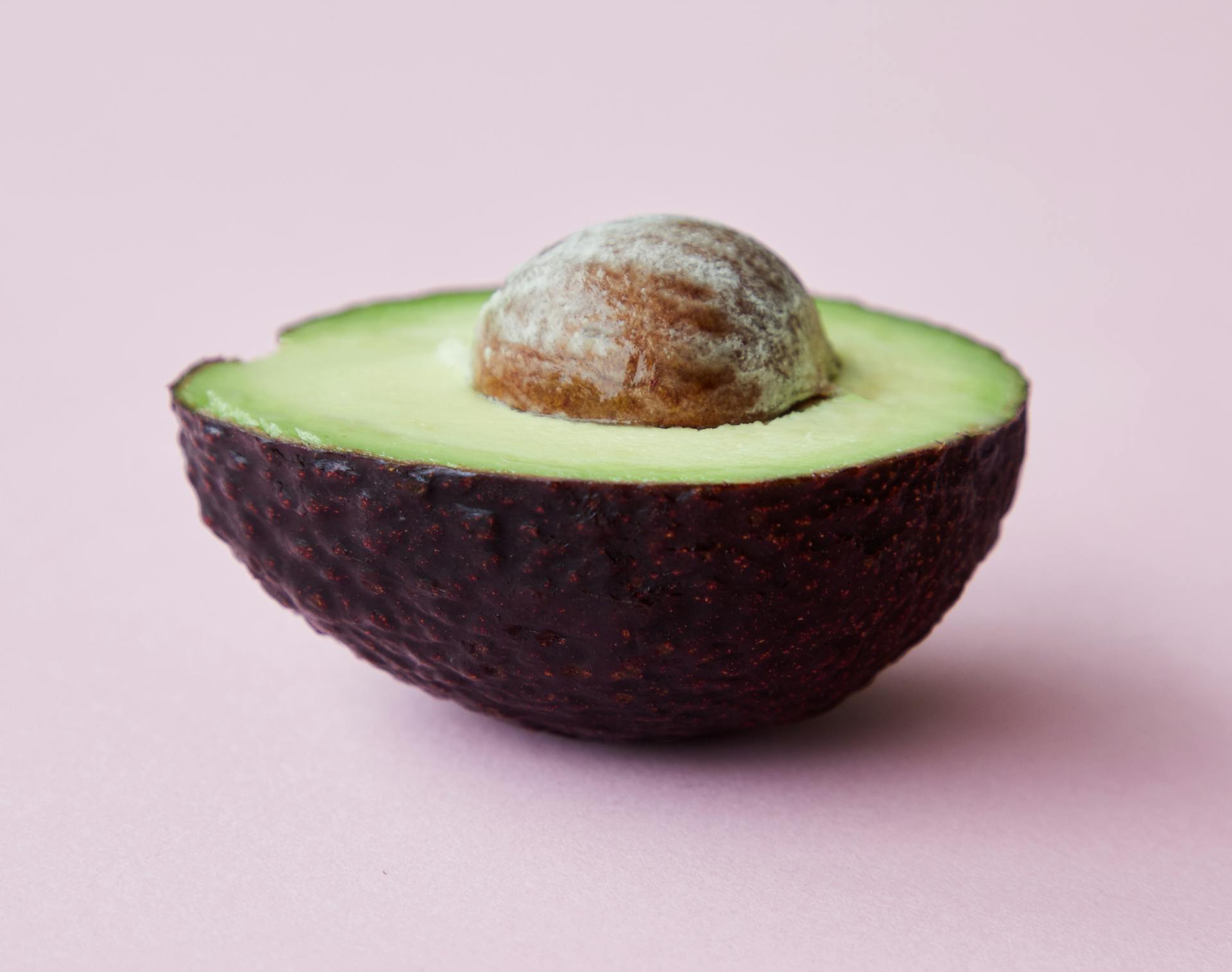
Sulcata tortoises are herbivorous grazing tortoises that need a high-fiber low-protein diet to thrive. Their diet should consist of hays comprising around 75 percent of their food, along with edible weeds such as dandelions, clover, and endive. Cactus pads can also be offered in small amounts.
Leafy green vegetables like spinach, mustard, beet greens, kale, and broccoli are also great sources of nutrition for sulcata tortoises. However, it's important to fine-tune the diet to avoid foods high in oxalates like spinach and mustard.
The proper variety and amount of food largely depends on the age and size of your sulcata tortoise. Owners can supplement their diet with calcium powder and feed fruits sparingly if they want to add some variety. Pelleted tortoise foods are also available at pet stores or through a veterinarian specializing in tortoises. Additionally, providing a shallow water dish that is refreshed daily is crucial for hydration purposes.
Providing a Cozy Home for Your Sulcata Tortoise

Sulcata tortoises are large tortoises that require a spacious outdoor enclosure to thrive. A sturdy fence that is at least 2 feet tall and extended underground is necessary to prevent your tortoise from escaping or predators from entering. Providing an outdoor enclosure shelter, such as a small shed, is also a good idea to provide protection from extreme weather conditions like rain or intense sunlight.
Housing adult sulcata tortoises indoors may be impractical due to their size, but if you live in a colder climate, providing a warm space for them is essential. An outdoor heated shed could be a suitable option for those who cannot provide an outdoor enclosure all year round. Keeping an area for them to mud bathe and create their muddy wallow is important as well as it helps maintain proper hydration levels. Overall, creating a cozy home for your adult sulcata indoors or outdoors will ensure that they live long, healthy lives.
Sulcata Tortoise Price
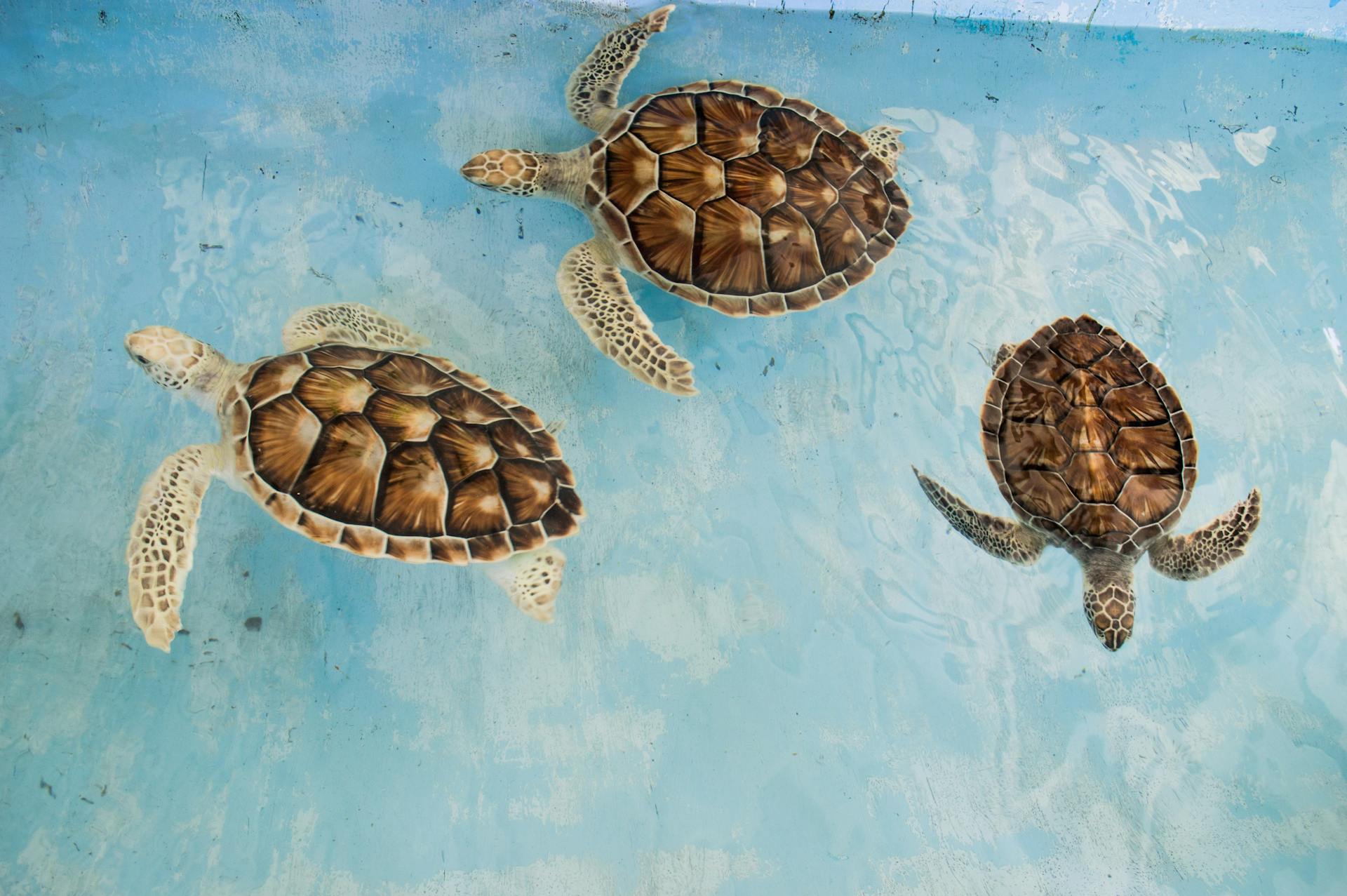
Sulcata tortoises are a popular reptilian pet in the pet trade. The price of a sulcata tortoise can vary depending on where you buy it from. You can find them at your local pet store or online for anywhere between $50 to $500.
When buying a sulcata tortoise, it's important to take into consideration the cost of their care. These tortoises can live up to 100 years and require a lot of space, food, and proper lighting. It's also important to have them undergo a full physical exam to ensure they are healthy before bringing them home.
Sulcata tortoises make great pets as they are very social creatures and have bright alert eyes. Males initiate mating by ramming females and they lay approximately 20 eggs in a nest that is dug about 10 inches deep. With proper care, your sulcata tortoise can live a long and happy life as your beloved pet.
Get to Know the Magnificent Sulcata Tortoise Better!

Sulcata tortoises originate from the dry year-round southern states of Africa and have become an extremely popular pet throughout the world. Adult Sulcatas can reach immense size, tan with a brown shell that has large scales, weighing up to 100 pounds. Baby sulcata tortoises are commonly found in local pet stores and make ideal pets for first-time reptile owners.
Owning a sulcata tortoise is a lifelong commitment as they can live up to 100 years old. They are mostly solitary pets and prefer dry environments, making them a perfect fit for anyone living in hot, arid regions. However, their huge size can pose problems for those who do not have enough space or resources to take care of them properly.
Avid diggers by nature, sulcatas worldwide are known for digging burrows and tunnels that can be up to ten feet deep! These creatures require specific diets of hay, vegetables, fruits, and supplements to maintain healthy growth. If you're considering owning one of these magnificent creatures, ensure proper research is done before committing to this long-term responsibility.
Frequently Asked Questions
What is the average lifespan of a Sulcata tortoise?
The average lifespan of a Sulcata tortoise is around 70 years, but they can live up to 100 years in captivity with proper care and nutrition.
How do I care for a sulcata tortoise?
To care for a sulcata tortoise, provide a large enclosure with heat lamps and UVB lighting, a diet of hay, grasses, and vegetables, and access to fresh water at all times. Monitor their health regularly and provide veterinary care as needed.
What causes a sulcata tortoise to rot?
Sulcata tortoises can rot due to various reasons including poor diet, lack of proper hygiene, and bacterial infections. It's crucial to monitor their living conditions and maintain a healthy environment to prevent rot.
Are Sulcata tortoises good pets?
Sulcata tortoises can make good pets for experienced reptile keepers who have the space and resources to properly care for them. They require a large outdoor enclosure, specialized diet, and can live up to 70 years.
What is the scientific name of sulcata tortoise?
The scientific name for sulcata tortoise is Geochelone sulcata.
Featured Images: pexels.com

